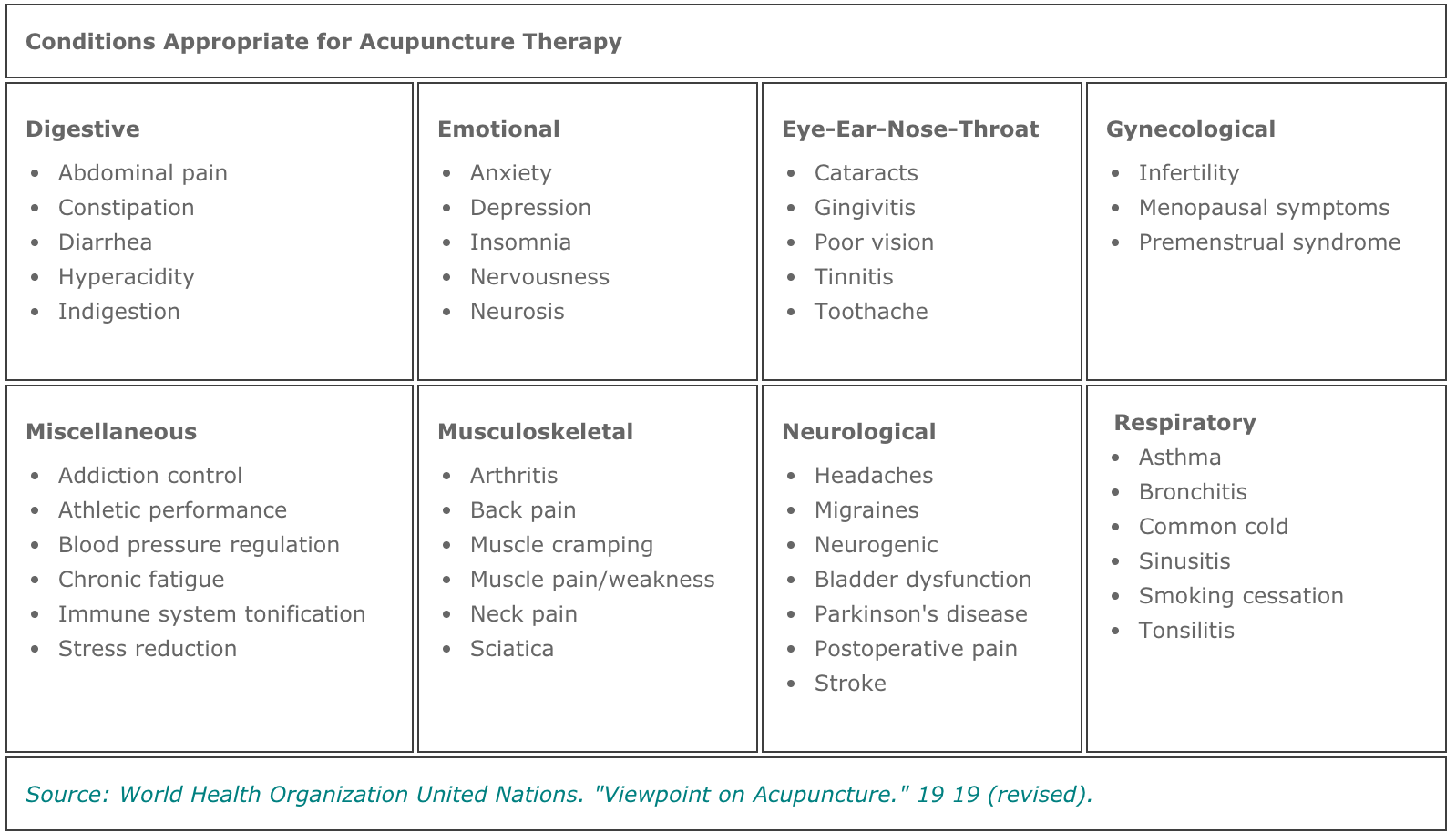By: Coco Victoria Gomez Tirambulo
Happy Wellness Wednesday, everyone!

I recently watched a documentary called The Gut: Our Second Brain on Amazon Prime Video. It was released in 2013 and offers an interesting perspective on how our guts dictate many aspects of our daily lives and how we may not even be in control of our decisions as much as we may like.
I was really interested in the perspective about acupuncture and the popularity of integrative complementary and alternative medicine (ICAM) today.
Background: About a third of U.S. adults use some form of integrative complementary and alternative medicine, ranging from supplements to acupuncture. It’s striking that most pay for ICAM methods out of their own pockets–alternative methods are used in preventive care as well as for the treatment of chronic and acute conditions but they often aren’t covered by health insurance. According to the National Health Interview Survey (NHIS), Americans spent more than $30.2 billion out of pocket on complementary health products and practices in 2012.
Of alternative medicine practices, acupuncture has become a widely popular practice sought by many suffering from a wide range of health problems. What is acupuncture? Acupuncture is an ancient Chinese health practice that involves puncturing the skin with hair-thin needles at particular locations, called acupuncture points. It is believed to help reduce pain or change a body function, promoting the circulation of qi and restore the balance of yin and yang. It is a practice that complements conventional medicine. The World Health Organization (WHO)–the health branch of the United Nations–lists more than 40 conditions for which acupuncture may be used (see Table Below).

There are many anecdotal reports about the successes of acupuncture. Though scientific research has not been able to quantify concrete findings, many have been able to benefit from acupuncture practices. Physicians across the country are even beginning to adopt acupuncture in their practices (check out the UCLA Center for East-West Medicine).
If you would like to try acupuncture, please refer to this database provided by the American Academy of Medical Acupuncture for licensed and certified practitioners. The cost per treatment typically ranges between $30 and $100, though costs may vary. Hopefully, insurance plans will start covering more complementary practices, as “[h]ealth is a state of complete physical, mental and social well-being and not merely the absence of disease or infirmity” (World Health Organization).
For any questions or comments about this post or event programming at your institution or organization, please comment below or email Coco at wsl.programming@amsa.org.
Coco Victoria Gomez Tirambulo is the Programming Coordinator for the AMSA Wellness and Student Life Committee. She attended Brandeis University Class of 2016 and received a Bachelor of Science in Biology, with minors in Chemistry and Environmental Studies.
